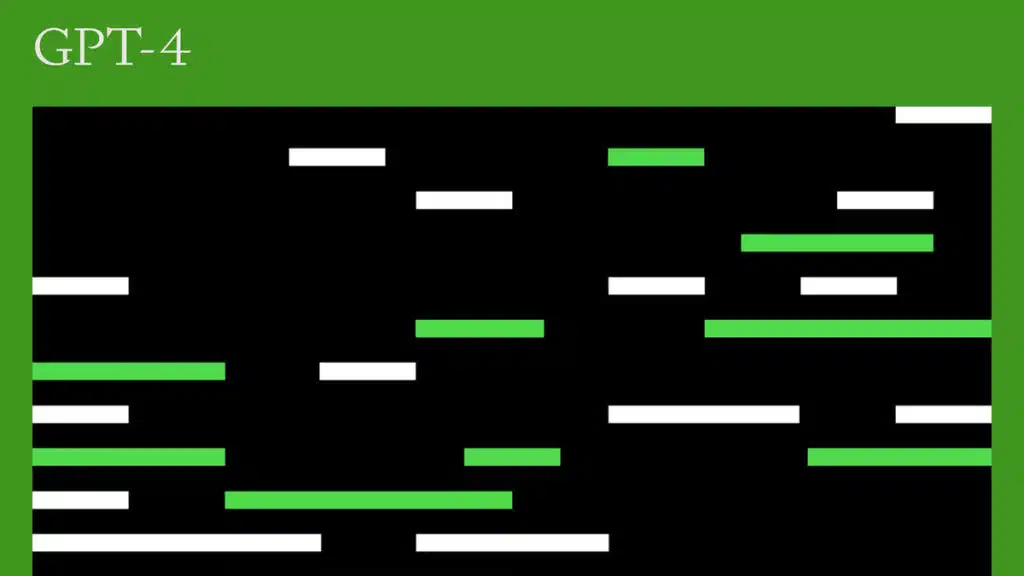
Figuring out whether something was written by AI is only going to get harder. OpenAI, the AI research and deployment company that claims its mission is to ensure that artificial general intelligence benefits all of humanity, has released GPT-4, a new iteration of the language model powering the ChatGPT chatbot that promises to deliver human-level performance. Described as the latest milestone in OpenAI’s effort in scaling up deep learning, GPT-4 is available today to OpenAI’s paying users via ChatGPT Plus (although there’s a usage cap), while developers can sign up on a waitlist to access the API. Microsoft has confirmed that the new Bing runs on OpenAI’s GTP-4.
From a GPT-4 research post:
We’ve created GPT-4, the latest milestone in OpenAI’s effort in scaling up deep learning. GPT-4 is a large multimodal model (accepting image and text inputs, emitting text outputs) that, while less capable than humans in many real-world scenarios, exhibits human-level performance on various professional and academic benchmarks. For example, it passes a simulated bar exam with a score around the top 10% of test takers; in contrast, GPT-3.5’s score was around the bottom 10%. We’ve spent 6 months iteratively aligning GPT-4 using lessons from our adversarial testing program as well as ChatGPT, resulting in our best-ever results (though far from perfect) on factuality, steerability, and refusing to go outside of guardrails.
GPT-4 can accept a prompt of text and images, which—parallel to the text-only setting—lets the user specify any vision or language task. Specifically, it generates text outputs (natural language, code, etc.) given inputs consisting of interspersed text and images. Over a range of domains—including documents with text and photographs, diagrams, or screenshots—GPT-4 exhibits similar capabilities as it does on text-only inputs. Furthermore, it can be augmented with test-time techniques that were developed for text-only language models, including few-shot and chain-of-thought prompting. Image inputs are still a research preview and not publicly available.
From a Microsoft Bing Blogs post:
We are happy to confirm that the new Bing is running on GPT-4, which we’ve customized for search. If you’ve used the new Bing preview at any time in the last five weeks, you’ve already experienced an early version of this powerful model. As OpenAI makes updates to GPT-4 and beyond, Bing benefits from those improvements. Along with our own updates based on community feedback, you can be assured that you have the most comprehensive copilot features available.
If you want to experience GPT-4, sign up for the new Bing preview. Once you’re in you’ll be able to use the new Bing to Search, Answer, Chat, and Create at Bing.com.
